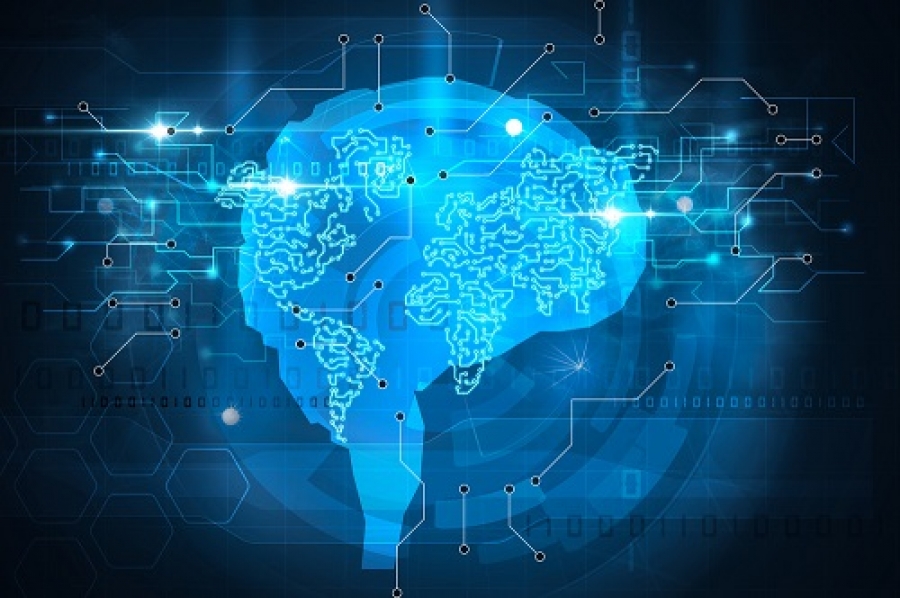Mental health looks different for everyone because we’re all unique. The approach to mental health treatment has been complex and fraught with stigma and ineffective methods for many years. However, in the past decade, the scientific community has made significant advances in treating mental illness and removing the stigma associated with getting proper treatment. Fortunately, there is now a highly effective drug-free treatment to improve mental health called brain mapping. Why is brain mapping important as one of these leading remedies to manage your mental health?
Let’s first learn more about what this treatment is all about.
What is the history of mental health treatments?
The mental illness epidemic has not been addressed properly until very recently. The first recorded mental health treatment dates back to ancient Egypt where herbs were used to treat depression.
Mental health treatments have come a long way since then and has gone through several transformations to get to the modern, patient-centered treatments available today. We now have modern therapies like biofeedback and brain mapping that effectively and humanely treat patients that suffer from mental health disorders.
What is brain mapping?
Quantitative Electroencephalogram (qEEG) brain mapping is a procedure used to measure electrical activity in the brain. This allows mental health clinicians to evaluate how different parts of the brain function, independently and together. Through this process, brain mapping specialists are able to pinpoint which frequencies in the brain are out of balance. And from there, they can create personalized programming to help you overcome struggles and achieve your mental health goals.
The process uses a number of neuroimaging techniques, which include functional magnetic resonance imaging (fMRI), electroencephalography (EEG), or magnetoencephalography (MEG). Each technique serves a specific purpose. For instance, fMRI uses MRI scans to identify which parts of the brain are active during specific tasks such as reading words aloud or playing video games. EEG measures electrical activity on the surface of the scalp while MEG detects changes in the magnetic field around the head. All three methods can be combined to create more accurate results than just a single method alone.
What is the history of brain mapping?
Brain mapping began when the experimental strategies of cognitive psychology were combined with modern brain imaging techniques. The first was positron emission tomography (PET) followed by functional magnetic resonance imaging (fMRI), to examine how brain function supports mental activities.
The first studies involving brain mapping were conducted by Paul Broca in the late 1800s who was interested in learning how language works in the brain. He found that he could map out where certain areas of the brain worked based on his observations of stroke victims whose speech centers had been damaged. This led him to believe that distinct regions within the brain existed which were responsible for particular functions.
Brain imaging techniques have become increasingly sophisticated over time. Today, researchers can study not only which parts of the brain light up during specific tasks but also their activity patterns at different times or under various conditions. These advances have led to new insights into normal human cognition and behavior as well as disorders such as ADHD, schizophrenia, depression, and bipolar disorder.
What psychiatric disorders does brain mapping treat?
Many types of mental illness can benefit from brain mapping. These include:
- Depression
- Anxiety Disorder
- ADHD
- Bipolar Disorder
- Schizophrenia
- Obsessive-Compulsive Disorder
- Autistic Spectrum Disorder
- Attachment Disorder
- And more…
How does brain mapping work?
It’s impossible to treat a condition unless you first know the root cause. By using brain mapping, we can pinpoint exactly where in the brain a problem lies. Once we know this, we can start to treat the problem right at the source.
The human brain is an amazing organ. It’s responsible for everything we do, think, feel, and remember. It’s also incredibly complex, so when something goes wrong, it can take months or even years to figure out the issue. That’s why brain mapping is so important.
Brain mapping measures electrical brain activity from a series of brain images. By doing this, we can see your brain patterns and brain functionality. This allows us to identify which areas of the brain are causing dysfunction.
Why is brain mapping important for treating anxiety and depression?
Research shows that the brain mapping process may be able to help calm anxiety and restore anxious brains to optimal health ( pronghornpsych.com ).
Our team will use qEEG technology to assess your brain’s current state. We’ll look at all aspects of your brain including:
- Frequency Patterns – How fast do your neurons fire? What frequency range dominates each area of the brain?
- Amplitude – How much electricity is being generated by individual cells?
- Coherence – How closely connected are two areas of the brain?
- Phase – When one part of the brain fires before another, it creates a phase shift between them.
How does brain mapping treat mental health conditions?
Brain mapping helps treat mental health conditions in several ways:
- Brain mapping identifies the root cause of the brain function issues.
- Brain mapping pinpoints the brain regions that regulate emotions.
- And brain mapping helps neuroscientists retrain an anxious brain and revive executive functions.
Find out more about brain mapping treatment for mental health in Denver and Dallas
Are you looking for a drug-free treatment option for your mental health? Then contact Braincode Centers today if you’re having trouble managing the symptoms of depression, anxiety, ADHD, or other mental health disorders. We have offices in Denver and Dallas and offer remote neurofeedback as well, so you can get back to feeling like your happiest, healthiest self.
Schedule a free consultation to get started and learn first-hand why brain mapping is important for your mental health.

